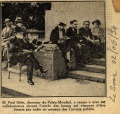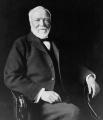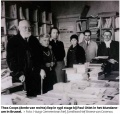Difference between revisions of "Time"
From Mondothèque
| Line 1: | Line 1: | ||
| − | {{#ask: [[Date::+]] | format= | + | {{#ask: [[Date::+]] | ?caption | format=gallery}} |
Revision as of 16:16, 19 November 2015
An axonometric view of the Mundaneum gives the effect of an aerial photograph of an archeological site — Egyptian, Babylonian, Assyrian, ancient American (Mayan and Aztec) or Peruvian. These historical reminiscences are striking. Remember the important building works of the Mayas, who were the zenith of ancient American civilization. These well-known ruins (Uxmal, Chichen-Itza, Palenque on the Yucatan peninsula, and Copan in Guatemala) represent a “metaphysical architecture” of special cities of religious cults and burial grounds, cities of rulers and priests; pyramids, cathedrals of the sun, moon and stars; holy places of individual gods; graduating pyramids and terraced palaces with architectural objects conceived in basic geometrical shapes of cube, cylinder, prism and pyramid, the main axis of which is symmetry with emphasis on horizontality.
The ship wherein Theseus and the youth of Athens returned had thirty oars, and was preserved by the Athenians down even to the time of Demetrius Phalereus, for they took away the old planks as they decayed, putting in new and stronger timber in their place, insomuch that this ship became a standing example among the philosophers, for the logical question of things that grow; one side holding that the ship remained the same, and the other contending that it was not the same.












































